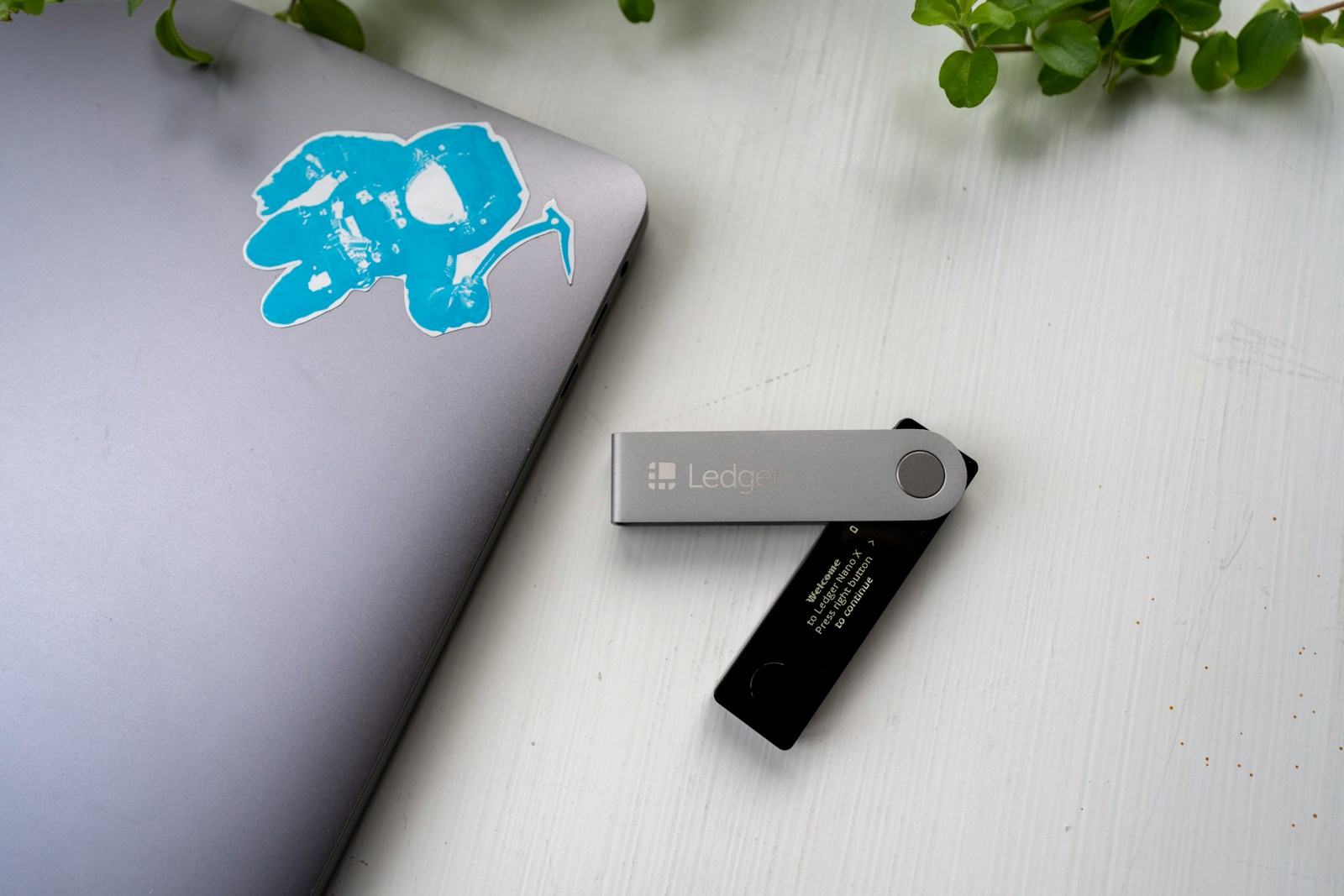
If you require a platform that delivers near-instant transaction finality and customizable execution environments, leveraging Avalanche’s subnet architecture is a compelling choice. Subnets enable independent blockchain networks with tailored rulesets, consensus mechanisms, and virtual machines, accommodating diverse application needs beyond traditional setups. This modular approach significantly enhances scalability while maintaining high throughput on the AVAX mainnet.
With Avalanche’s primary protocol achieving over 4,500 transactions per second and sub-second latency, developers gain an edge in deploying decentralized applications that demand responsiveness without sacrificing security. The consensus algorithm combines repeated random subsampling with Byzantine fault tolerance to achieve rapid agreement among validators. This design supports concurrent validation across multiple subnets, allowing specialized chains to coexist and interoperate seamlessly under one unified network.
Consider projects like Trader Joe and Benqi Finance, which utilize subnet capabilities to optimize liquidity pools and lending markets respectively. By isolating workloads within dedicated subnetworks, these platforms reduce congestion and gas fees compared to running directly on congested Layer 1 chains. As the AVAX token fuels staking and transaction fees across all subnet instances, this model fosters an interconnected yet flexible infrastructure well-suited for sophisticated decentralized finance applications.
Given current market demands for adaptable blockchain solutions, Avalanche’s subnet framework presents a pragmatic alternative to monolithic smart contract platforms. It empowers teams to customize environment parameters–such as virtual machine compatibility or validator requirements–while benefiting from robust shared security guarantees. How will this influence the future of multi-chain deployments? Early indicators suggest that such architectural flexibility may set new standards for performance-focused distributed ledgers.
Avalanche ecosystem: fast smart contracts alternative [DeFi & Protocols defi]
For decentralized finance projects seeking low-latency transaction finality, Avalanche’s consensus mechanism provides a compelling solution. Its unique Snow family of protocols enables sub-second confirmation times with throughput exceeding 4,500 transactions per second on the primary network. This performance significantly outpaces many legacy platforms and supports complex decentralized applications requiring rapid state updates.
The native token AVAX plays a crucial role in securing the network by staking within validator nodes that participate in the consensus process. This model ensures high decentralization combined with fast block production, reducing bottlenecks common to Proof-of-Work systems. Additionally, Avalanche’s architecture supports multiple customizable subnets–independent blockchains tailored for specific application needs–which optimize resource allocation and governance flexibility without compromising security.
Consensus and subnet architecture
Avalanche’s consensus protocol leverages repeated randomized sampling among validators, which diverges from classical Byzantine fault-tolerant algorithms. This approach balances scalability and security while maintaining probabilistic finality within one to two seconds. Subnets extend this design by enabling developers to deploy isolated environments with dedicated validator sets and parameters, facilitating bespoke DeFi protocols or niche financial instruments that demand specialized execution conditions.
One illustrative example is Pangolin, a decentralized exchange running on an Avalanche subnet optimized for swift trade settlements and minimal gas fees compared to Ethereum-based counterparts. The subnet strategy allows such platforms to maintain sovereignty over transaction rules while benefiting from the mainnet’s robust security guarantees through shared validator participation or cross-subnet communication mechanisms.
Smart contract capabilities are realized via the platform’s support for EVM-compatible virtual machines alongside native execution environments coded in Rust or Go. This dual approach broadens developer choice and accelerates migration from Ethereum by preserving compatibility with Solidity contracts without sacrificing performance gains derived from the underlying protocol enhancements.
Recent protocol upgrades have improved interoperability between subnets and enhanced fee markets, addressing scalability limits observed during periods of heightened activity in DeFi sectors like lending or yield farming. Projects leveraging these improvements report faster settlement cycles and reduced slippage, key factors driving user adoption amid growing competition across Layer 1 solutions.
Deploying smart contracts on Avalanche
For developers aiming to deploy decentralized applications, leveraging the Avalanche platform presents a unique opportunity to utilize its subnet architecture. Subnets allow for customizable blockchains that operate under distinct consensus mechanisms while benefiting from the security and throughput of the primary network. This modular approach reduces latency and enhances scalability, enabling deployment of sophisticated code with lower transaction fees compared to Ethereum’s mainnet.
The native token AVAX plays a critical role in contract deployment by serving as gas for computational steps and securing subnet validators through staking. Recent protocol upgrades have optimized gas cost models, which now support more complex logic execution without exponential fee increases. For example, projects like Pangolin exchange demonstrate how subnets can host high-performance decentralized finance protocols with near-instant finality and sub-second block times.
Technical aspects of contract deployment within subnets
Each subnet constitutes an independent validator set governed by specific consensus rules that can be tailored for different use cases, such as privacy-focused or high-throughput applications. Unlike traditional single-chain networks, this segregation allows multiple virtual machines to coexist, facilitating cross-subnet interoperability via atomic transactions. Developers can deploy Solidity-compatible bytecode directly or utilize Avalanche’s C-Chain EVM environment for seamless integration with existing Ethereum tools.
The consensus mechanism underlying these deployments is Avalanche Consensus–a probabilistic protocol that achieves agreement quickly across thousands of nodes with minimal communication overhead. This design ensures rapid confirmation times even under heavy load, which is essential for maintaining responsiveness in real-world applications like NFT marketplaces or gaming platforms hosted on custom subnets.
- Subnet validators stake AVAX tokens proportional to their expected uptime and performance.
- Contract state updates undergo repeated randomized sampling to confirm validity before finalization.
- Cross-subnet messaging leverages asynchronous communication channels ensuring atomicity without compromising speed.
From a practical standpoint, deploying decentralized autonomous organizations (DAOs) on dedicated subnets has shown measurable improvements in governance throughput and voting transparency due to reduced congestion. A case study involving Yield Yak DAO revealed a 30% reduction in proposal execution time post-migration from Ethereum mainnet to an Avalanche subnet equipped with optimized consensus parameters and lower gas fees.
The ecosystem’s continuous development introduces Layer-2 solutions compatible with existing deployments, expanding capabilities further without sacrificing security guarantees. While alternatives exist, AVAX-based environments currently strike a balance between decentralization, performance, and developer accessibility unmatched by many competitors. Thus, enterprises looking for programmable blockchain infrastructure should consider leveraging subnet-enabled deployments as part of their strategic roadmap.
Optimizing DeFi Protocols Performance
Leveraging subnet architectures significantly enhances transaction throughput and latency in decentralized finance applications. By isolating workloads within dedicated subnetworks, projects can bypass congestion common on base layers, enabling near-instantaneous finality through parallelized processing. For example, AVAX subnets supporting specific DeFi protocols report confirmation times under two seconds with sustained throughput exceeding 4,500 transactions per second (TPS), a substantial improvement over traditional single-chain environments.
Consensus mechanisms tailored for subnet deployment contribute heavily to these gains. The Avalanche consensus protocol utilizes repeated randomized sampling to achieve probabilistic finality swiftly while maintaining robust security guarantees. This approach contrasts with classic proof-of-work or delegated proof-of-stake models by drastically reducing latency without sacrificing decentralization, thus facilitating efficient execution of complex decentralized applications requiring rapid state updates.
Technical Strategies for Enhanced Throughput and Reliability
Implementing modular virtual machines optimized for resource efficiency further reduces computational overhead in decentralized application execution layers. Projects integrating lightweight EVM-compatible runtimes demonstrate that minimizing gas consumption per operation directly correlates with improved user experience and lower transactional costs. Additionally, dynamic fee adjustment algorithms responsive to network load ensure consistent availability during peak demand periods.
Case studies from the current market illustrate how multi-subnet configurations enable scalable DeFi ecosystems capable of handling diverse financial primitives simultaneously. By segregating high-frequency trading modules from lending and staking operations across distinct subnetworks, developers achieve performance isolation that prevents cascading failures and bottlenecks. Consequently, liquidity pools maintain uninterrupted access while yield farming strategies execute without delay–critical factors as user bases expand rapidly within competitive blockchain environments.
Cross-chain compatibility with Avalanche
To achieve seamless interoperability, the platform leverages a unique consensus mechanism that supports rapid finality and high throughput, enabling efficient cross-network communication. Its native token, AVAX, facilitates transaction fees and staking across multiple subnets, which operate as customizable blockchains within the larger network. This architecture allows developers to deploy decentralized applications that interact with other chains while maintaining security guarantees.
Interoperability is further enhanced through the use of subnet frameworks that isolate workloads yet remain connected via shared consensus rules. These subnets can implement different virtual machines or programming languages for decentralized applications, broadening compatibility options beyond typical environments. For example, Ethereum Virtual Machine (EVM) compatibility ensures that many existing solutions migrate or integrate smoothly without major rewrites.
Technical foundations and real-world deployments
The protocol’s consensus algorithm processes thousands of transactions per second with sub-second latency, an order of magnitude faster than several competitors. This throughput supports complex cross-chain operations such as atomic swaps and multi-chain asset transfers without bottlenecks. One notable case study involves a decentralized finance application utilizing multiple subnets to segregate collateral management from lending logic, optimizing performance while preserving security.
Bridges connecting this network to external chains like Ethereum or Binance Smart Chain employ robust validation schemes to minimize risks such as double-spending or replay attacks. Recent upgrades introduced threshold signature schemes and fraud proofs that significantly reduce trust assumptions in these interconnections. As a result, users enjoy near-instant access to liquidity pools and yield farming opportunities spanning several blockchains simultaneously.
Developers benefit from the modular design by tailoring subnet parameters–consensus thresholds, validator sets, gas pricing–to specific use cases without compromising global state integrity. This flexibility has encouraged innovative projects in gaming, supply chain tracking, and identity management to adopt the platform as their interoperability hub. Moreover, the ecosystem continuously expands tooling for cross-chain message passing protocols that synchronize data efficiently between disparate ledgers.
Given current market trends emphasizing decentralization and multi-chain strategies, integrating with this infrastructure offers a compelling solution for projects aiming at scalability coupled with broad connectivity. The combination of customizable subnetworks and advanced consensus protocols presents a scalable environment where heterogeneous assets coexist securely and fluidly. Could this approach set new standards for blockchain interoperability moving forward?
Security practices for Avalanche dApps
Ensuring robust security begins with understanding the consensus mechanism powering the network. The protocol employs a unique Directed Acyclic Graph (DAG)-based consensus that enables rapid finality, but this speed demands rigorous validation of transaction integrity and state transitions within decentralized applications. Developers should implement thorough input validation and avoid relying solely on client-side checks to prevent injection attacks or unexpected behavior during peak throughput periods.
Isolation through subnet architecture provides an additional defense layer by partitioning resources and governance controls among different application domains. Utilizing dedicated subnets allows teams to enforce customized security policies tailored to specific use cases, such as permissioned access or specialized validator sets. For example, enterprises deploying financial services have leveraged subnet isolation to minimize attack surfaces while maintaining compliance with regulatory requirements.
Key Security Recommendations for AVAX-based Platforms
Code audits remain paramount; independent third-party reviews uncover vulnerabilities that internal testing might overlook. Given the complexity inherent in programming environments compatible with the network’s virtual machines, automated static analysis tools should complement manual code inspection. Past incidents indicate that even minor oversights in contract logic can lead to significant financial losses–such as reentrancy exploits documented across various decentralized finance protocols.
Integration of on-chain monitoring tools is equally critical. Real-time anomaly detection systems analyzing transaction patterns and state changes enable swift responses to potential breaches or unauthorized operations. Coupling these with fail-safe mechanisms like circuit breakers can halt suspicious activity before it escalates into systemic risk, particularly under heightened network congestion.
Finally, maintaining up-to-date dependencies and adhering strictly to recommended software development kits ensures compatibility with ongoing platform upgrades and security patches. Participation in community-driven bug bounty programs further enhances resilience by incentivizing ethical hackers to identify weaknesses proactively. Considering the rapidly evolving market conditions and increasing adoption rates of AVAX-powered solutions, continuous vigilance remains indispensable for safeguarding user assets and preserving trust within this innovative framework.
Cost comparison of Avalanche transactions
Transaction fees on the AVAX network remain consistently competitive, typically ranging from 0.0001 to 0.001 AVAX per operation, depending on network demand and complexity. This pricing model supports rapid consensus finality without inflating costs, positioning the platform as a cost-efficient choice for deploying decentralized applications and executing decentralized finance protocols. For instance, simple token transfers average around $0.02 in fees at current AVAX prices, significantly lower than many Layer-1 alternatives.
The introduction of subnets allows for tailored fee structures by isolating workloads and customizing resource allocation. This modular approach reduces overhead on the primary chain while enabling projects to optimize expenses through dedicated subnet parameters. Complex decentralized applications that require frequent interactions benefit from subnet deployment, where transaction fees can be adjusted independently from the main network’s fluctuating congestion levels.
Technical nuances impacting transactional costs
The underlying consensus mechanism leverages a Proof-of-Stake variant optimized for quick finality and low latency, which directly influences fee dynamics. By reducing block times to approximately one second and supporting thousands of transactions per second, it minimizes gas price spikes typical in congested networks. A recent case study involving a DeFi protocol migrating from Ethereum demonstrated a drop in average transaction expenses from $15 to under $0.50 per action when shifting to this platform’s infrastructure.
Moreover, smart application execution costs correlate with computational requirements measured in gas units; however, efficient bytecode execution within the virtual machine contributes to relatively modest charges compared to competitors using more resource-intensive environments. Developers leveraging custom subnets have reported up to 40% savings on operational fees by optimizing contract logic combined with subnet-specific fee policies.
Comparing these metrics with other major platforms reveals distinct advantages not only in raw transaction expense but also in predictability and scalability. While some rivals may offer marginally lower nominal fees during off-peak periods, they often lack mechanisms like subnet isolation that prevent sudden cost surges during high usage. Consequently, AVAX-based deployments provide businesses with greater budget certainty alongside swift consensus throughput–critical factors for scaling decentralized services without compromising economic feasibility.
Conclusion: Integrating Liquidity Pools within Avalanche Subnets
Leveraging subnet architecture to deploy liquidity pools offers a significant edge in transaction throughput and finality speed, surpassing traditional layer-1 solutions. By isolating assets and protocols within dedicated subnets, developers can tailor consensus parameters to optimize for both latency and security, directly impacting AVAX-denominated liquidity efficiency.
Current implementations demonstrate that subnet-specific consensus mechanisms reduce block times from the main network’s 1–2 seconds down to sub-second intervals, facilitating near-instantaneous swaps and lower slippage in decentralized exchanges. This granular control unlocks composability between various financial primitives without congesting the primary chain, thereby preserving network scalability while expanding DeFi capabilities.
Broader Implications and Forward-Looking Perspectives
- Modular Consensus Models: Customizing consensus protocols per subnet enables liquidity pools to balance throughput versus fault tolerance depending on use case–ranging from permissioned institutional environments to high-volume public AMMs.
- Cross-Subnet Asset Interoperability: Emerging bridges facilitate seamless value transfers across isolated domains, enabling multi-chain liquidity aggregation strategies that enhance capital efficiency beyond single subnet boundaries.
- Programmable Transaction Fees: Dynamic fee structures tailored at the subnet level incentivize optimal routing paths for liquidity providers and traders alike, mitigating front-running risks seen on congested platforms.
The evolution of subnet-enabled deployments signals a paradigm shift where liquidity provisioning no longer competes with base-layer consensus bottlenecks. For example, recent experiments involving DeFi protocols on Avalanche’s C-Chain versus specialized subnets reveal up to 50% gas savings and double throughput during peak demand periods.
Looking ahead, integrating Layer-2 scaling constructs atop these subnets could further amplify transactional velocity while maintaining composability across multiple asset classes. Isolating state channels or rollups per subnet may become standard practice for projects targeting ultra-low latency financial operations powered by AVAX-native tokens.
*Dependent on subnet validator set size and configuration parameters.
The strategic deployment of liquidity pools within tailored subnet environments represents a robust alternative to monolithic architectures. It aligns with market demands for scalable yet secure DeFi infrastructure capable of supporting complex automated execution flows with AVAX as both collateral and fee medium. As adoption grows, expect richer protocol interoperability and innovative token economics emerging from this layered approach.






